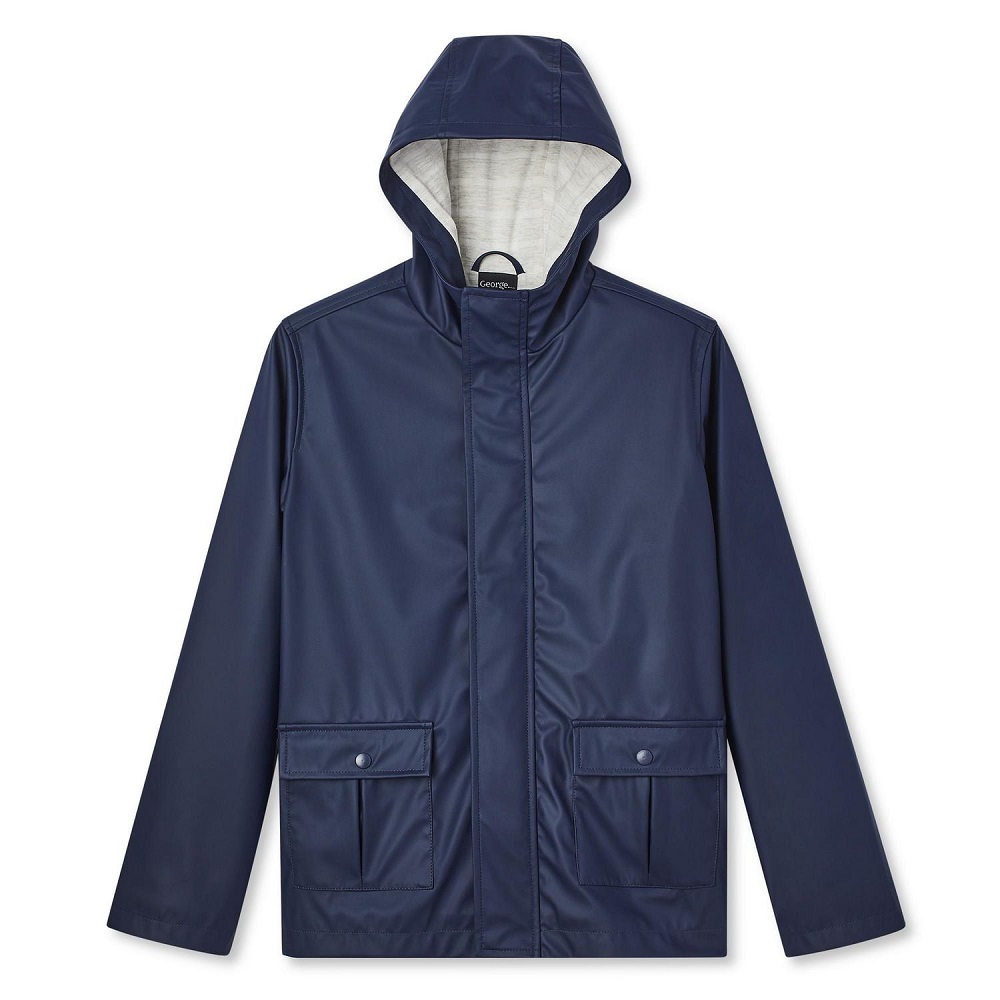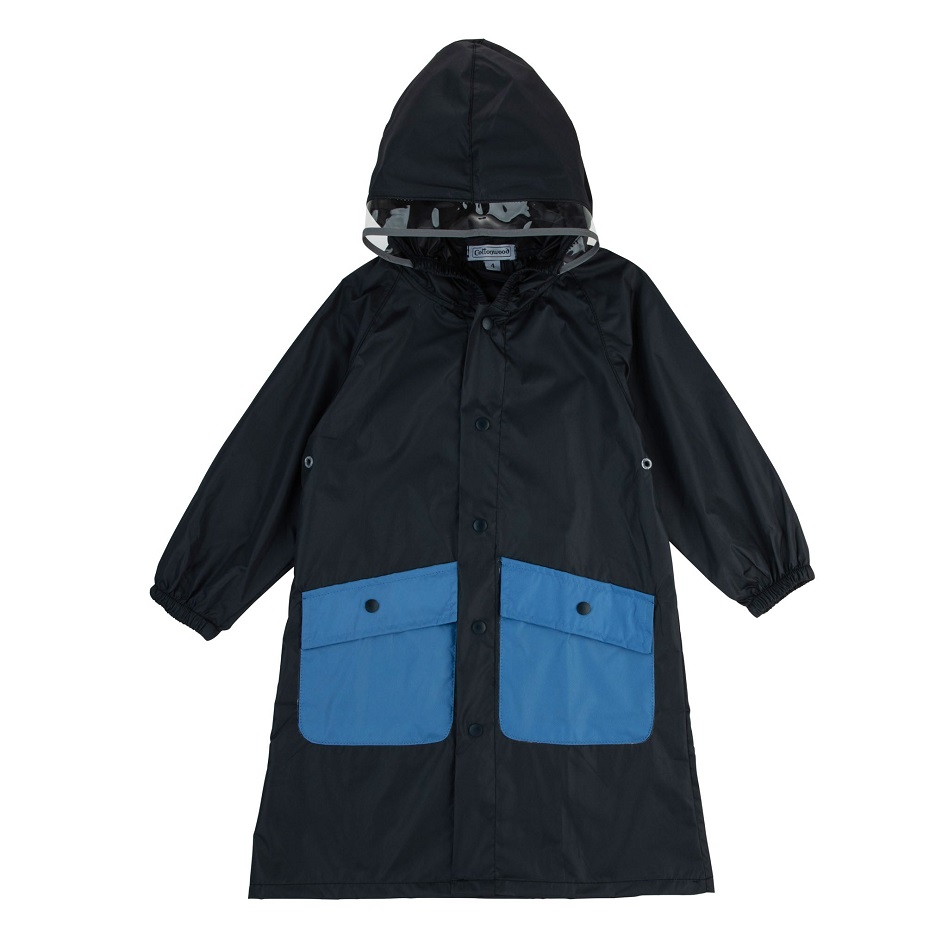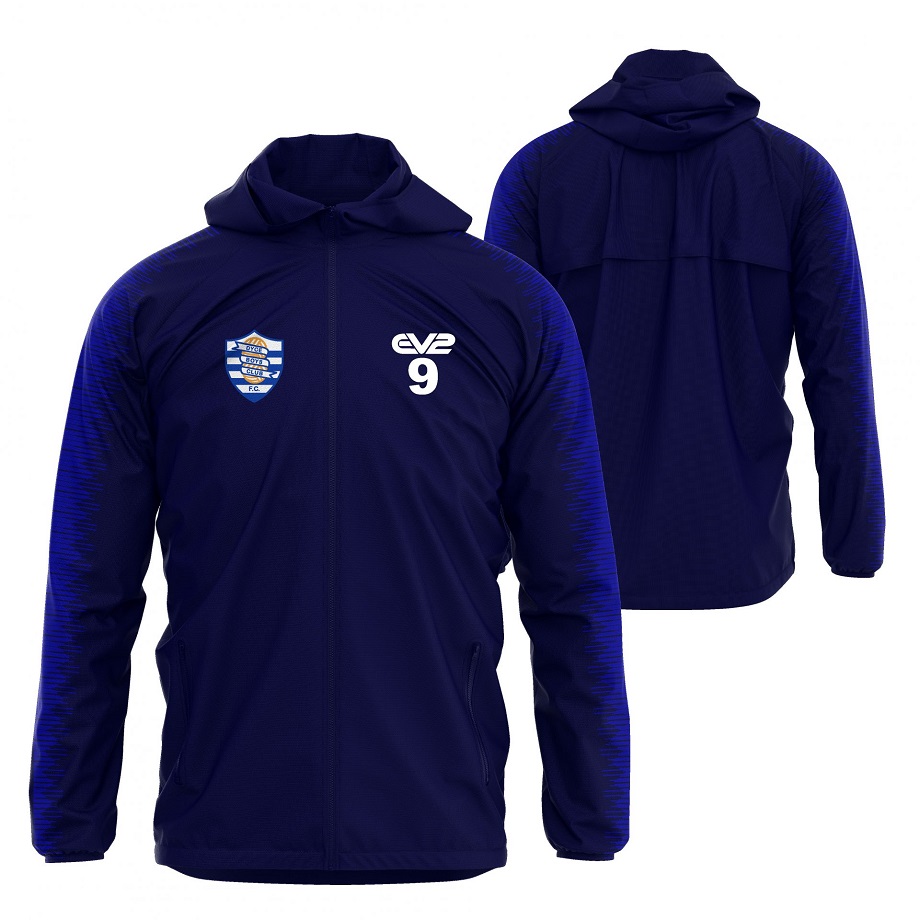Introduction to Boys’ Rain Coats
Rainy days can often feel gloomy. However, equipping your child with the right rain gear can turn a drizzly day into an adventure. Boys’ rain coats are essential wardrobe items designed to keep kids dry while allowing them to play freely in wet weather. These raincoats blend practicality with style, ensuring that your little one stays comfortable and fashionable. The choice of a good raincoat matters for several reasons, such as protection from the elements and the ability to engage in outdoor activities without worry.
Learn about raincoats
Boys’ raincoats come in various styles and materials. This variety helps parents find the perfect option for their child. A great raincoat should not only be waterproof but also allow for breathability. This feature is crucial as children typically engage in lots of activities, causing them to sweat, even in the rain. Thus, having a coat that prevents them from feeling clammy is vital. When looking for a boys’ raincoat, parents need to consider several factors, including the material, fit, design, and ease of use.

In this article, we will explore the different types of boys’ raincoats available in the market. We will discuss their features, benefits, and practical considerations when choosing the right one for your child. From understanding fabric technology to knowing how to maintain a raincoat, this guide will cover everything you need to know.
Types of Boys’ Rain Coats
Classic Rain Jackets
Classic rain jackets are a staple in any boy’s wardrobe. These jackets usually feature a simple design that includes a hood, zippers, and ventilation features. They are made from lightweight, waterproof materials like polyester or nylon. Classic rain jackets are versatile and can be worn during various occasions, from a day at the park to running errands with parents.
One of the significant advantages of classic rain jackets is their portability. Most are lightweight and can be easily folded, making them simple to transport when not in use. This feature is especially important for parents who travel or participate in outdoor activities. Classic rain jackets also come in a range of colors and prints, making it easy to find one that matches your child’s personality.
Another appealing aspect of classic rain jackets is their affordability. While higher-end designer coats exist, many brands offer quality jackets at budget-friendly prices. This accessibility allows parents to outfit their children without breaking the bank. Plus, because they come in various sizes, they can fit boys of all ages.
When purchasing a classic rain jacket for your child, consider the following factors:
- Fit: The jacket should be snug yet comfortable to allow freedom of movement. Avoid overly loose jackets as they can hinder mobility.
- Hood: A good raincoat needs a functional hood to protect the head from rain. Ensure that the hood fits snugly but is not too tight.
- Pockets: Storage is important. Look for jackets with pockets, so your child can keep small items like snacks or toys handy.
By focusing on these elements, you can ensure your child is not just dry, but also comfortable and happy.
Waterproof Shells and Insulated Coats
Waterproof shells and insulated coats serve different purposes and cater to specific weather conditions. They are excellent for maintaining a lightweight feel while offering robust protection against rain. They are typically constructed with innovative materials that repel water, ensuring that your child remains dry even during heavy downpours. These coats often feature sealed seams to prevent water from seeping in.
On the other hand, insulated coats are designed for colder weather. They combine waterproof features with insulation to keep kids warm in chilly, wet conditions. Insulated coats often come with extra layers of synthetic materials to trap body heat. This option is perfect if your child frequently plays outside in the rain during winter months.
When deciding between waterproof shells and insulated coats, consider the local climate. If you live in a region with mild weather and occasional rain, a waterproof shell may suffice. However, if your area experiences colder temperatures and frequent rain, an insulated coat is a better choice.
In general, both types of coats should feature breathable fabrics. Breathability allows moisture from your child’s body to escape, preventing them from getting too hot. Many modern coats incorporate advanced technology, such as Gore-Tex or similar materials, to achieve this balance of waterproofing and breathability.
Lightweight Ponchos
Lightweight ponchos are another excellent option for boys’ rain gear. Unlike traditional raincoats, ponchos are designed to be worn over clothing, providing substantial coverage from head to toe. Their roomy design allows for easy movement and is great for active boys who love to run around.
Ponchos often come in bright colors and fun prints, appealing to a child’s imagination. They can be easily folded into small packs, taking up minimal space in a backpack or bag. This portability makes them perfect for school, day trips, or outdoor activities.
The primary downside of ponchos can be their lack of shape. Unlike tailored rain jackets, ponchos can sometimes feel baggy and may not provide the best fit. However, for many situations, the comfort and ease of use they offer can outweigh any concerns about look or fit.
Reflective Rain Coats for Safety
Reflective raincoats are specially designed to enhance the visibility of your child during rainy days or low-light conditions. These coats feature reflective strips or panels strategically placed to catch light. This added safety feature is especially important for kids who walk or bike to school.
Reflective raincoats typically come in bright colors, making them easy to spot from a distance. They are great for parents who want peace of mind, knowing that their child is seen even during rainstorms. This visibility can reduce the risk of accidents, especially in urban areas.
When choosing a reflective raincoat, look for high-quality material that offers both waterproofing and breathability. Ensure that the reflective features are well-placed yet comfortable. Your child shouldn’t find the reflective pieces annoying or bothersome.
Another consideration is layering. If your child wears a hoodie or other clothing underneath, make sure the raincoat accommodates that extra bulk. Proper fit is crucial for comfort and the effectiveness of the reflective materials.
Features to Look for in Boys’ Rain Coats
Fabric and Waterproofing Tech
The fabric of a raincoat is perhaps the most critical factor in its effectiveness. Modern coats use advanced materials that offer superior waterproofing while remaining breathable. Look for fabrics that feature a high water column rating. This rating indicates how much water pressure the fabric can withstand without leaking. Generally, a rating of 5000mm or higher is considered excellent for rainy conditions.
In addition to waterproofing, breathability is vital. A breathable coat allows moisture from sweat to escape, preventing the child from feeling sticky and uncomfortable. Many coat manufacturers specify a breathability rating, often measured in grams of water vapor that can pass through the fabric.
One popular waterproofing technology is called “lamination.” This process binds a waterproof membrane to the fabric’s surface. This method increases durability while ensuring that the outer fabric remains lightweight. Parents can also opt for water-resistant coatings, although these may not be as effective in heavy rain.
Seams and Zippers
A raincoat’s durability often lies in its seams and zippers. Sealed seams are an essential feature, as they prevent rainwater from seeping through. Look for coats with fully taped or welded seams for maximum protection from the elements.
Zippers also play a crucial role in water resistance. High-quality zippers should be coated or have a flap over them to ensure they remain watertight. Consider a raincoat with storm flaps over the zippers for added protection.
Adjustable zippers can make dressing easier for younger children, allowing them to put on and take off their raincoats with minimal fuss. Look for jackets with front zippers and snap closures for additional ease of use.
Fit and Comfort
A boys’ raincoat should fit well for both comfort and mobility. It should be snug around the shoulders but leave room for layering. A coat that is too tight can restrict movement, which is crucial during playtime. Conversely, a coat that is too loose may allow water in during heavy rain.
Elastic cuffs and adjustable hems can help give a well-fitted finish. These features make it easier to keep rain out while allowing for flexibility of movement. Some raincoats are designed with a longer back to maintain coverage during bending or sitting.
Another comfort aspect to consider is lining. Coats lined with soft fabrics prevent irritation against the skin. Fleece linings can offer added warmth, which is ideal for colder weather.
Color and Style
Kids often prefer clothing that showcases their personality. Fortunately, boys’ raincoats come in various colors and designs. Whether your child loves dinosaurs, superheroes, or classic solid colors, there is something for everyone.
Choosing a coat that resonates with your child can encourage them to wear it. Including fun designs can make rainy days feel more exciting and less like a chore.
While color is important, many parents also prefer bright options for safety. Vibrant colors help in quick visibility, especially during overcast or rainy days. Choosing a colorful coat can fulfill safety and style simultaneously.
Caring for Boys’ Rain Coats
Cleaning and Maintenance
Proper care of raincoats can extend their lifespan and effectiveness. Raincoats often require gentle washing to maintain their waterproof coating. Check the care label for specific washing instructions. Generally, it’s advisable to wash raincoats with mild detergents and avoid using fabric softeners, as these can break down the waterproofing.
To make cleaning easier, always shake out any mud or dirt before washing. For heavily soiled areas, spot cleaning with a damp cloth and mild soap can be effective.
Be cautious while drying, as high heat can damage the fabric. Opt for air drying whenever possible, ensuring the coat is hung away from direct sunlight to prevent fading. If the coat is machine dried, use a low heat setting.
Reapplying Waterproofing
Over time, the waterproof coating on a raincoat can wear off. If your child’s coat begins to show signs of water soaking in, it may be time to reapply a water repellent treatment. Several sprays and washes are available specifically for this purpose. They restore the coat’s waterproofing without damaging the fabric.
Always follow the manufacturer’s instructions for the reapplication process. Typically, you will need to clean the coat thoroughly before applying the treatment. After treatment, allow time for drying and curing to ensure optimal effectiveness.
Storage Tips
When not in use, proper storage can also affect the longevity of a raincoat. Always store the coat in a cool and dry place. Avoid cramming it into tight spaces, as this can cause the fabric to wrinkle or suffer from creasing.
If your child has outgrown the raincoat, consider donating it. Many charitable organizations accept gently used children’s clothing, allowing another child to benefit from the coat while freeing up space in your closet.
Conclusion
Selecting the right boys’ raincoat is crucial for keeping your child dry and comfortable during wet weather. There are many options, including classic raincoats, waterproof shells, ponchos, and insulated jackets. Each style has its benefits, so understanding your child’s needs and the local climate can help you make the right choice.
Consider the key features like fabric, zippers, seams, and fit when making a decision. A well-cared-for raincoat can last for years, so investing time in maintenance adds to its value. Choosing bright colors or fun designs can make rainy days enjoyable for your child.
With this guide, you’ll be equipped with all the knowledge you need to make an informed decision when shopping for a boys’ raincoat. Your child can step out confident and carefree, ready to embrace all that wet weather brings.


